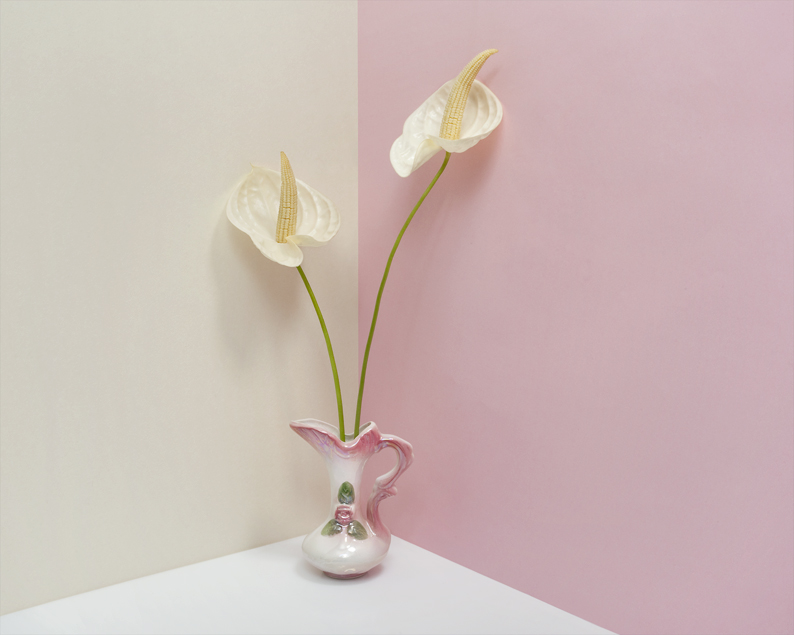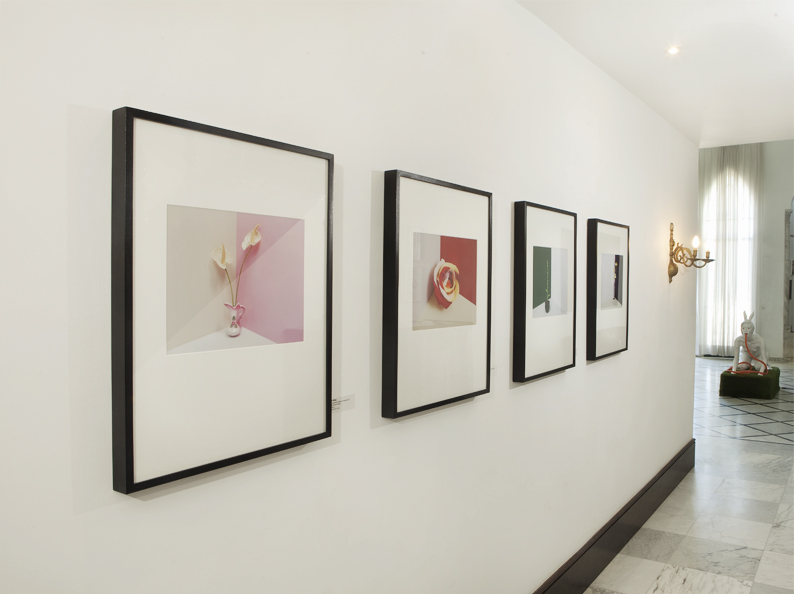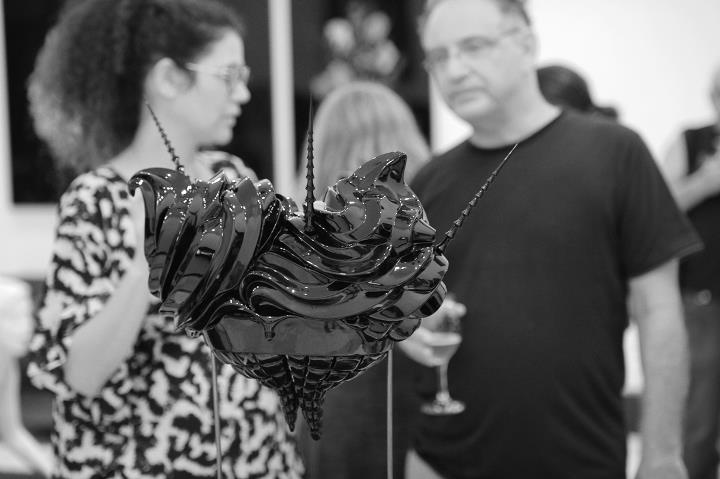



"A woman is not born a woman, she becomes a woman"- a famous quote by Simone de Beauvoir, one of the most significant feminist philosophers from the mid 20th century; it seems, from a modern perspective, that the idea of "becoming a woman" did not include or expect the gap and distortion that exists today in the female ideal, enhanced by men and woman. Men, who haven't lost the prestige of their gender- defined by power, strength and size - began to appropriate "feminine" elements which were formulated by aesthetic terms of beauty and gentility. This process led women, possible victims or collaborators, to push the feminine ideal to its limit, in order to subdue themselves, to the male-female dichotomy.
The femininity is always defined in comparison to masculinity, as the subject defines itself in comparison to the other. While the male is proud of his animal masculinity, the term "female" imprisons the woman in her sexuality not as a sign of strength and power; on the contrary, she is not a male and therefore her natural weakness is inevitable. Consequently, the mature, fertile femininity bears the ultimate distance from gender equality; youth, however, as the innocent sexual precursor- allows diffusion, it blurs the gap and allows equality. The female archetype that held visual attributes of fertility- turned androgynous and almost completely lost its feminine characteristics. The technology, as opposed to its potential of reducing the physical gap between the genders and female emancipation, added a new message - the consummation of the ultimate fantasy.
The demolition of the feminine myth, as a social process, characterized De-Beauvoir's era; later, it seems the topic became relative and negotiable. The discourse regarding a woman as a subject matter, an ideal, became irrelevant and despite the fact it has been diverted onto other matters, it left the ongoing distortion without a significant change. The exhibition "Hard Pop" wishes to shed light on the ideal of beauty, as a representative of the female archetype, from the point of view of 3 young female artists- Liat Elbeling, VanillaRoyal, Rachel Monosov - who, with the help of technology, express their voice with precise aesthetic gentility.
Liat Elbeling- a graduate photographer from the Minshar School of Arts, and the winner of the Constantiner Photography Award 2011, is exhibiting a diverse body of work in which two sides of the glorified female image - her own image, are represented. In one work, her image is retouched to a godlike idealization, eliminating human features from her face. In another work, she turns into a female-male being, exposing her masculinity alongside a pearl necklace and matching earrings. Through her work, Elbeling seems to ridicule the gender discourse as it becomes secondary to the virtual interference with the human body. The discourse regarding this interference is amplified by her new body of work, created especially for the exhibition; she creates artificial flowers by crossbreeding different types of real flowers with hot glue and photographing them in an accurate aesthetic environment. The result, reminds the viewers of a Photoshop intervention. This process, that combines new born beauty with immediate death, raises questions of Vanitas.
Rachel Monosov- a graduate photographer from the Bezalel Academy of Arts, also challenges the female body with a contemporary feminine aesthetic. Monosov, who often uses her own objectified body as a photographic subject-matter, exhibits a body of work, in which she is trying to create the ultimate blond woman by crossbreeding several blond women together ("I don't like it"). Monosov's work, full of humor and exaggerated Photoshop manipulation, use a fashion magazine aesthetic and interact with a life-size statue of the artist herself, also exhibited in the space; a half rabbit half woman, with carrot juice running through a hose, connecting her mouth to her buttocks.
Vanilla Royal- a multimedia artist, studied in the Midrasha School of arts, creates virtual images full of hostile sweetness and extinguished violence, which she translates into large paintings and statues. This act, opposite by its nature to the Photoshop retouching process, seems to enhance it. Vanilla Royal (who chooses to work under a pseudonym), creates a whole virtual world and breathes life into it. This world embodies modern female criteria of aesthetics - glamorous, accurate, lacking compromise, dramatic, melancholic, bewitched, wanting to give in but full of forgery – yet lacks feelings.
